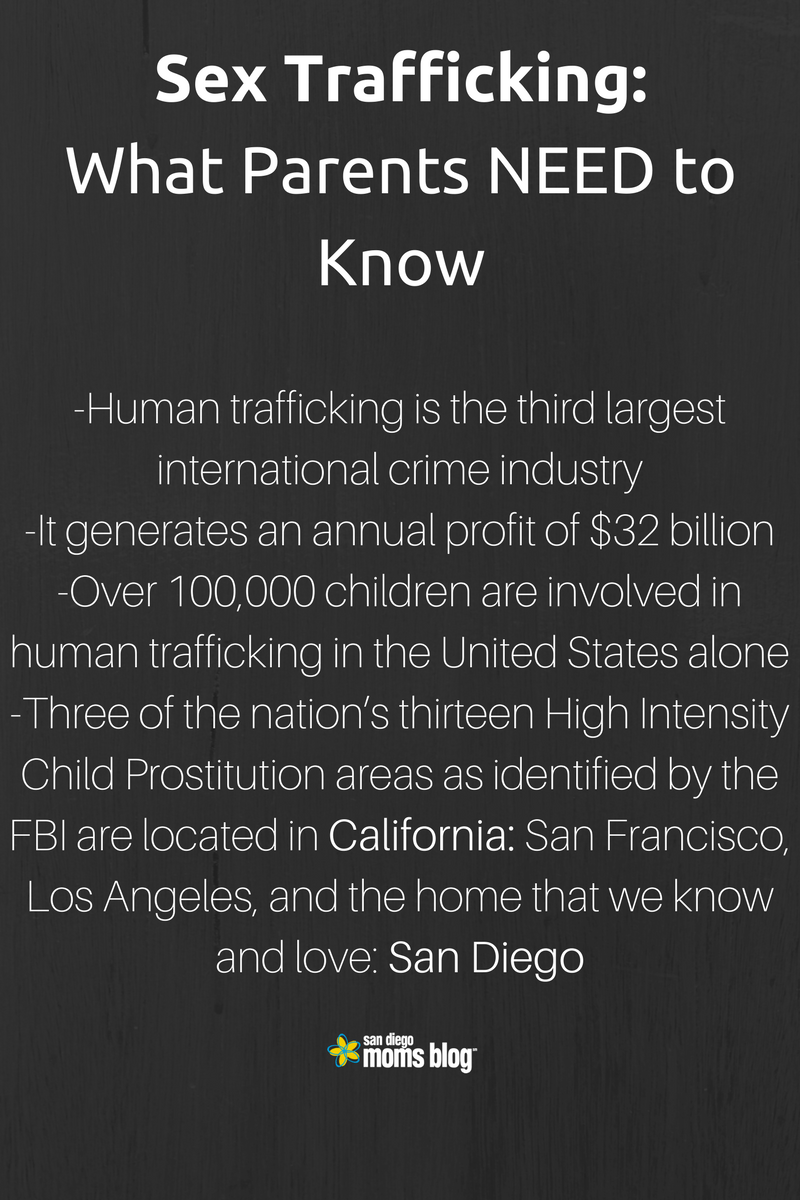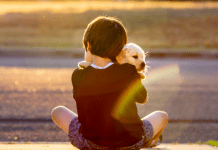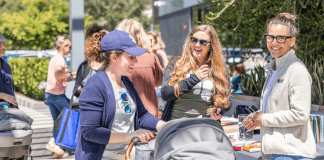Sex Trafficking in San Diego: What Parents NEED to Know
Although slavery was officially abolished in the United States in 1865, there are still currently 20 to 30 million slaves living in captivity today. However, their faces are kept in the shadows, and it’s happening in our own backyards. Every year, the month of January is designated to bring awareness to this horrendous injustice, and is nationally known as “Human Trafficking Awareness Month.”
Human trafficking is the third largest international crime industry, and reportedly generates an annual profit of $32 billion. However, what may be even more shocking than the numbers, is that over half of that revenue is generated in industrialized countries, like our own. Although many Americans believe that is solely a problem in developing countries, this insidious form of slavey is taking place right at home.
In fact, over 100,000 children are involved in human trafficking in the United States alone. Overall, human trafficking has long been encompassed in similar misconceptions, assumptions, and misinformation.
Within the past several years, California has emerged as a magnet for sex trafficking of children. Three of the nation’s thirteen High Intensity Child Prostitution areas as identified by the FBI are located in California: San Francisco, Los Angeles, and the home that we know and love: San Diego. Sex trafficking is defined as, “any commercial sexual act that is induced by force, fraud, or coercion, or in which the person induced to preform such an act has not attained 18 years of age.” In San Diego, a particular emphasis is placed on the latter part of that definition, and is commonly referred to as CSEC, or the “Commercial Sexual Exploitation of Children.”
However, for parents, this information is personal, and is cause for concern. Most importantly, it raises the question:
If San Diego is a hotspot for the sexual trafficking of children, what do WE need to know to protect OUR children?
To adequately answer this question, it is important to know WHERE this is happening, WHO are the traffickers and the targets are, and HOW children are becoming involved in trafficking, before we can know WHAT we can do to prevent it.
WHERE?
The recruitment hotspots for trafficking victims include:
– Trolley and Bus Stops
– House Parties
– Malls
– Parks (especially those located near schools)
– Schools (especially alternative high schools)
– Social Media
Overall, anywhere that young people regularly gather is a hotspot for the spread of human trafficking. However, does this mean that we need to clutch our babies extra tightly and watch our kids like a hawk? Not necessarily.
WHO?
A common misconception is that these places are unsafe for parents of young children, as they are likely to be targeted and abducted. In fact, it is extremely unlikely that your toddler will be abducted by a stranger to be trafficked. However, it is HIGHLY likely that your teenager will be propositioned for recruitment – by someone they know.
HOW?
The primary way that human trafficking expands in San Diego is through recruitment. Traffickers do not look like traffickers. On the contrary, they look like your teen’s friends and boyfriends. Girls will befriend other girls and glamorize “the life” of prostitution, with the promises of money, freedom, and material things. Similarly, teenage boys and older men will typically use seduction, becoming the victim’s boyfriend at first, and slowly introducing her to commercial sex acts.
These could take the form of sexting, “helping” him earn money by performing sex acts with his “friends,” lies, power, control, and manipulation. At this point, the victims often don’t even realize that they are being victimized, because they truly feel that they are in love with their trafficker or pimp.
Other means of recruitment are also prevalent in San Diego as well, including (but not limited to): Force, coercion, threats of violence toward the victim or their family, violence, “modeling” or “casting calls,” peer pressure, invitations to house parties, and other pathways of entry into “the life” of trafficking.
WHAT CAN WE DO TO PROTECT OUR KIDS?
First and Foremost:
Educate yourselves! You are on the right track simply by caring enough to read this post. A GREAT resource to utilize is www.disruptsextrafficking.org, which was designed especially for parents. It has tons of information as well as links to books, films, articles, and outside resources, such as “Internet Safety Guides for Parents and Teens” and “15 Apps and Websites your kids are heading to after Facebook.” They also have information about where to get help, how to get involved in prevention or awareness campaigns, and what to do if you suspect your teen is being victimized.
Second:
Be vigilant, and watch for warning signs! Some common indicators that your child may be being “groomed” for trafficking or already involved include (but are not limited to): change in dress, new items (cell phones, clothes), unexplained cash, drug use or increase, change in school attendance or performance, new or different friends, new tattoos, talk (about money, defending boyfriends or friends), being secretive or lying, coming home late or not at all, sneaking out, excessive use of online chat rooms, chat apps, or classified sites such as craigslist or “backpage,” calls at all hours, sexually explicit photos on cell phones or social media sites, prepaid credit cards, hotel/motel key cards, separating from family, frequent STIs, UTIs, or pregnancies.
Third:
Focus your attention less on teaching your toddler about “stranger danger” and more attention on talking to your teens about the dangers of trafficking. Talk to them about their friends, about how recruitment happens, about healthy romantic relationships, and what to do if they feel pressured or uncomfortable in a situation. Monitor the use of their electronics (especially cell phones!) and set clear boundaries. Talk to your teenagers about sexting, and internet safety. Most importantly, make sure that they know they can openly talk to YOU!
Sources: Information provided by San Diego Youth Services STARS Program in conjunction with Child Welfare Services and the Office of Juvenile Delinquency Prevention.



















Thank you for posting this. I’ve got a teenager and this is something we have talked about. I’m not comfortable with her wandering the mall on her own when we are there. It’s just everywhere, and there are places we avoid because of this. I will need to UP my awareness and talk to her more about this subject.